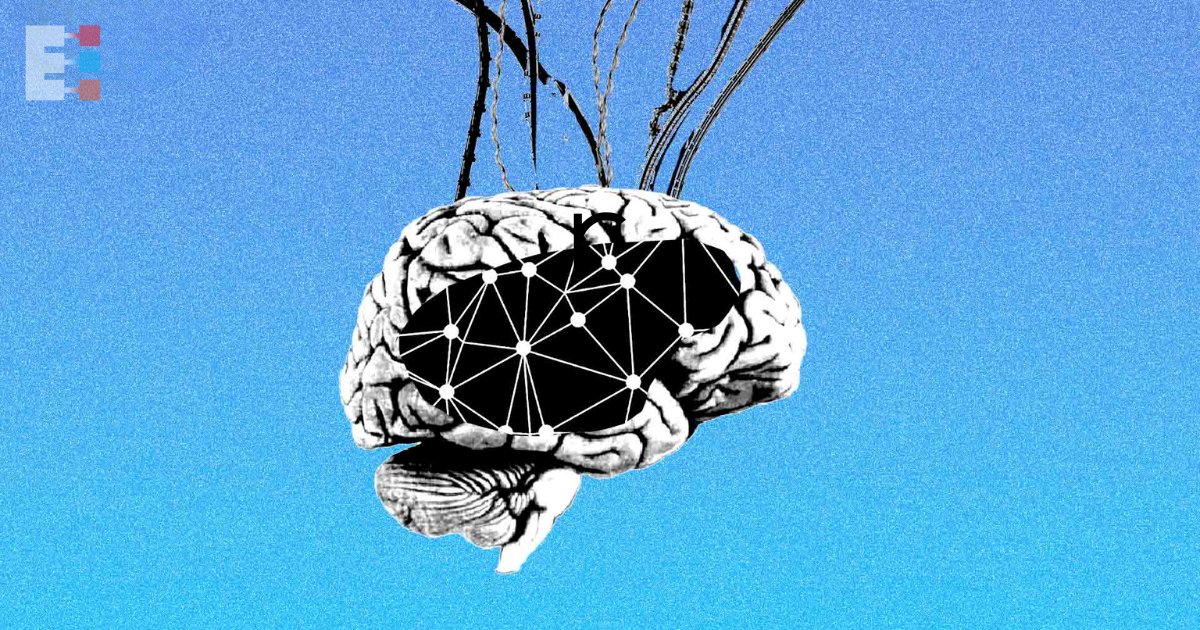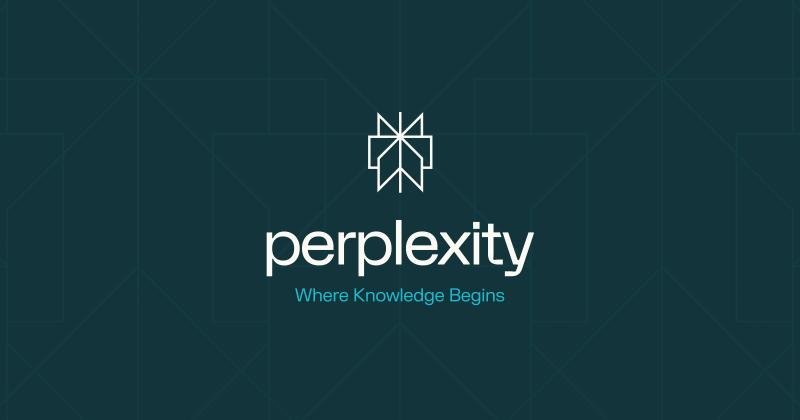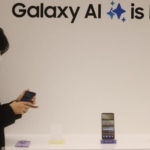Neurosymbolic Programming: Computers That Think Like Humans
Note: this article and its contents are sourced from ‘Neurosymbolic Programming,’ a research paper published in collaboration with MIT, Cornell,…

Note: this article and its contents are sourced from ‘Neurosymbolic Programming,’ a research paper published in collaboration with MIT, Cornell, Google, and more—full citation of the authors and the article at the end.
Tech

What is Nvidia’s Generative Physical AI?
Swaleh Mehdi
2 months ago

Is Perplexity Ai The Future Of Browsers?
Ahsen Tahir
4 months ago

Project GR00T: NVIDIA’s Humanoid Robots
Swaleh Mehdi
4 months ago
Gaming

Hollow Knight: Silksong, Where Is It Today?
Awais Irfan
4 months ago




















